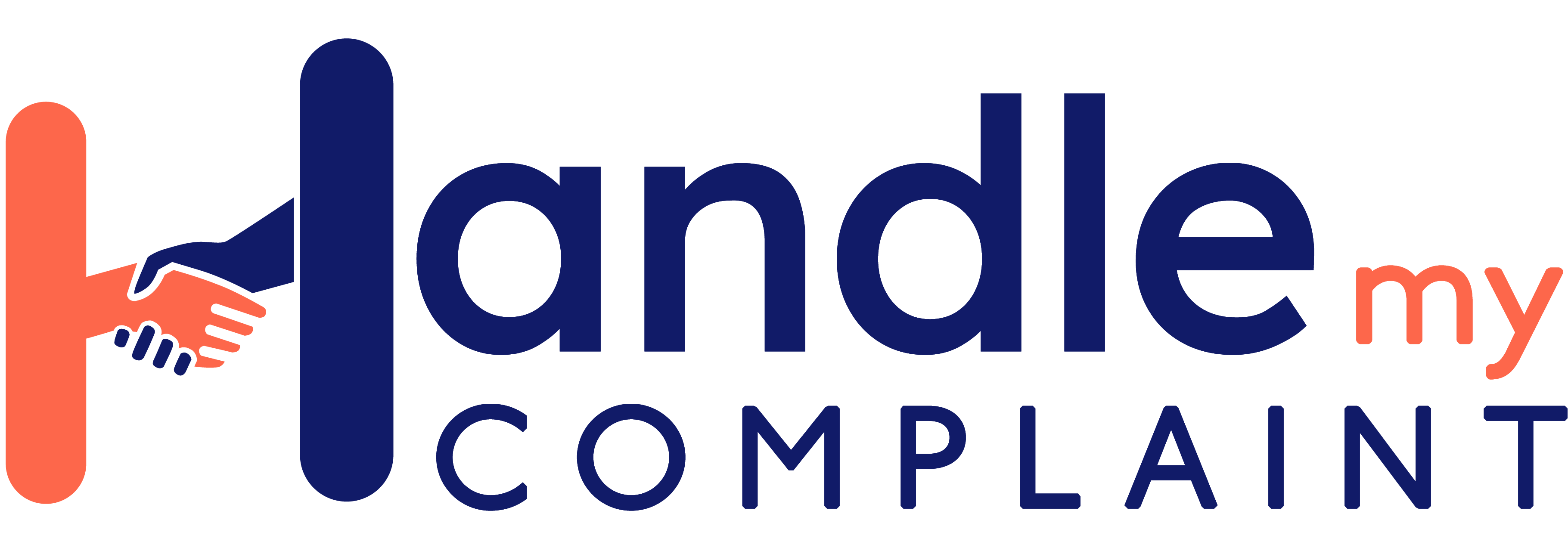
Is pet insurance worth the money?
With more than 30 million pets across the country, Australia has one of the highest pet ownership rates in the world and we fork out a pretty penny to keep our fur babies happy too.
According to Animal Medicines Australia’s Pets and the Pandemic report, dog owners spend about $3200 a year, while feline owners spend about $2100 per cat.
While the biggest expense is food, veterinary services also hit the hip pocket, with $617 the average spend for dog owners and $717 for cats. If you’ve ever had to pay for an operation, you’ll know that amount can skyrocket into the many thousands.
So should we be protecting them, and our bank balance, by taking out pet insurance? Is the premium worth the initial outlay in the long run? Or is it a policy you’re unlikely to ever use? Let’s take a closer look.
How pet insurance works
Just like health insurance for humans, pet insurance is a safety net that can be drawn on in the event your pet gets sick or injured. Generally, you pay a monthly or annual premium that will help cover the vet bills should the need arise.
But, just like health insurance, not all pet insurance policies are created equally. You need to do your research to ensure you know exactly what is covered, as you could still be out of pocket considerably, depending on the coverage.
According to Money Smart, pet insurance can be for accidents only, accident and illness or comprehensive.

If you often let your dog off its leash, for example, you might opt for an accident-only policy. But if your cat is housebound and unlikely to get into much trouble, this might not be the cover for you. If you settle on a policy that covers accidents and illness, read the product disclosure statement (PDS) very carefully before signing up, as some insurers don’t cover pre-existing conditions.
Comprehensive insurance, as the name suggests, offers more coverage, including accidents, illness, preventative care and some routine vet checks. But that doesn’t mean it covers everything. Once again, read the PDS.
Can pet insurance cover any pet?
Pet insurance policies cover most dogs and cats. Sadly, they may not cover rescue animals. One pet owner shared her story with Choice, saying “insuring a rescue animal can be all but impossible”. You may find one but you may have to fork out more on premiums as their background may make them more prone to accidents and illnesses.
Cats and dogs are by far the most common animals insured, but there is exotic pet insurance available for those who keep more unusual pets.
Can I use it anywhere in Australia?
It depends on the insurer, but we compared five of the biggest pet insurers, Bupa, Budget Direct, Woolworths, Coles and RSCPA, and all their policies are honoured in any part of the country as long as the veterinarian is licensed to practice in Australia.

However, if your pet has to undergo treatment and the cost of that exceeds what’s covered by your policy, claim payments may be adjusted to the amount of reasonable and expected expenses. The rule of thumb is to call your insurer first before agreeing to any medical procedure for your furry friend.
Is there a waiting period for pet insurance?
This depends on the type of insurance, so always ask before signing above the dotted line. To give you an idea, here’s a brief comparison of the waiting periods of five insurers:
|
Insurer |
Waiting times |
||
| Accident only policy | Accident and Illness |
Comprehensive |
|
| Bupa Pet Insurance | No waiting time | 30-day waiting day period for conditions covered under the illness cover | Dental illness and cruciate ligament conditions have a six-month waiting period. |
| Budget Direct Pet Insurance | Two days | 30 days for illness | Six months for cruciate ligament conditions. |
| Woolworths Pet Insurance | Policy starts at 11.59pm on the date of acceptance | 30 days for illness | Dental illness and cruciate ligament conditions have a six-month waiting period. But if you complete a cruciate ligament exam form, the waiting period can be waived. |
| Coles Pet Insurance | For some accidental injuries, the waiting period is waived but it is generally 21 days | 21 days for illness | Six months for cruciate ligament conditions. For others, it depends on the policy. |
| RSCPA Pet Insurance | The policy starts at 11.59pm on the commencement date shown in the Certificate of Insurance | 30 days for illness | Dental illness and cruciate ligament conditions have a six-month waiting period. But if you complete a cruciate ligament exam form, the waiting period can be waived. |
How do you get your refund?
The claims procedure varies from insurer to insurer, so choose one that works for you. Budget Direct, for example, requires you to pay your vet’s bill first, then you lodge your claim online and wait for reimbursement.
Woolworths Pet Insurance, on the other hand, offers three options: GapOnly™ payment, online claim and paper claim. With the first one, your vet may submit your claim and you pay for the amount not covered by your policy. With the other two, you have to shell out the payment first then submit a claim for reimbursement.
The pros of getting pet insurance
-
- It offers peace of mind. If something goes wrong with your furry friend - and you have the appropriate cover - you'll be able to take care of them without the worry of an enormous financial burden.
- Competition has improved the sector. Not so long ago there were only two pet insurers, which meant premiums were higher and options were limited. With more competition, premiums have come down and pet owners have more choice.
- A lot of the paperwork that plagued pet owners has been eliminated. It’s easy to lodge claims online, most pet insurers will get back to you within 24 hours or less with an update on your claim and refunds are generally in your bank account within the week.
- It’s customisable. The first year of your puppy or kitten's life is a big deal but also comes with many big expenses. From routine care to desexing and microchipping, these costs can add up quickly if you don't have the right insurance policy in place. The good thing with customisable policies is you can cancel add-ons your pet no longer needs as they grow.
The cons of pet insurance
-
- It can be expensive. According to Choice, annual vet expenses alone for dogs and cats can cost as much as $400 or more, before you factor in medications and surgery. But with premiums running anywhere from $180 to $4500 annually, it might be cheaper to take the risk and pay for the surgery if you need it.
- Your cover and premium can change without warning. Pet insurance is an industry that is still not well regulated. Pet insurers can change your policy, including increasing premiums and reducing coverage, at any time without telling you. The only time you’ll find out is when you renew your plan with them.
- Not all dogs and cats are covered. There are certain dogs some pet insurers will not cover. Budget Direct, for example, does not insure American Pit Bull Terrier, Pit Bull Terrier, Japanese Tosa, Dogo Argentino, Fila Brasileiro and Perro de Presa Canario breeds. Age and pre-existing conditions also affect whether or not you can ensure your pet, or if you can get the policy you want.
So is it worth the money?
Just like with insuring our own health, deciding whether or not to insure our pets can be tricky. But there are ways to make it easier.
- Ask your vet:
- What are the conditions I need to worry about treating now?
- Which conditions could my pet develop later in life?
- What would the treatments cost without insurance?
- Get quotes from several insurers and compare. Ask them if the policy:
- Covers the average pet’s conditions
- Includes pre-existing conditions
- Covers dental
- Includes common pet problems such as hip dysplasia
- Covers neutering/desexing?
- How widely do gap payments vary, depending on the condition/claim?
If you decide to insure your pet, do so early before they develop any health conditions. The older the pet and the more pre-existing conditions it has, the more expensive the premiums will be.
How much pet insurance do I need?
With so many options to choose from, how do you decide which one to get? Do you go with the basic plan, or pay extra to avoid bigger bills later? Consider some of these key issues:
Annual benefit limit
Just like human health insurance, pet insurance has annual caps, which according to Mozo can range anywhere from $3000 to $20,000. The average cost of veterinary care can be high, so it's helpful to have a plan in place for unexpected events. It's also worth noting that some breeds are more prone to expensive ailments, so this could affect your decision.Benefit percentage
This is the percentage of coverage that the insurance company will pay for each incident or illness. So, for example, if you have a policy with 80 percent coverage, and your pet needs surgery, the insurance company would pay 80 percent of the cost of that surgery.
Some policies also have a deductible, which is the amount that you must pay out-of-pocket before the insurance company begins to reimburse you. For example, if your pet has a treatment that costs $1000 and your policy has a $100 deductible, you would need to pay $100 yourself before the insurance kicks in.
Dental cover
It's important to consider the type of animal, their age and activity level, as well as how much care they'll receive. If you have a cat that spends most of its time indoors, dental insurance may not be necessary. But for a dog who goes on walks or runs around outside, this could be very helpful. Get some advice from your vet.Excess or gap
The excess is the amount that you pay towards a claim. Pet insurance policies can have either a fixed excess or a percentage excess. A percentage excess will be a higher amount; for example, if your policy has a 10 percent excess and you make a claim for $100, you will have to pay $10 and the insurer will pay $90. A fixed excess is usually lower, say, $50. This means that you will have to pay at least $50 towards any claim that you make. Some policies also have an age excess which means that you pay more if your pet is over a certain age.Can I get a group policy if I have more than one pet?
It depends on the insurer. Some insurers, such as Budget Direct and Coles, will offer a discount for multiple pets if you insure them at the same time while others will not. Check with your insurance company to see if they offer a group policy for pet owners with more than one pet.Can pet insurance be included with other insurance policies?
Some health, home, contents and even car insurance providers offer pet insurance as an extra. This could be more affordable than buying pet insurance separately. However, it's important to read the fine print carefully before signing up for a combination policy, so that you know what is and isn’t covered. Also ask about any exclusions, such as pre-existing conditions. Although buying pet insurance separately can be more expensive, it may provide more comprehensive coverage.Should I use an insurance comparison site?
It’s a good starting point. They give you a quick snapshot of how much a policy might cost you, and they make it easy to compare policies, not just prices, to get the best deal. Keep in mind, however, that the quotes you see on these sites are just estimates - you'll need to get a quote from the insurance company to get an accurate price. Also, be prepared to receive multiple follow-up contacts trying to sell you a policy.Can you get pet insurance at any time?
Some companies have an age range for when you can get a plan for your pet, eg, older than eight weeks and younger than nine years. Generally, younger pets are cheaper to insure because they have fewer health issues and accidents.
You may find that the costs go up or coverage goes down significantly once they develop some common ailments like heartworm or arthritis - which could happen much later depending on their breed (some breeds live 10+ years).






